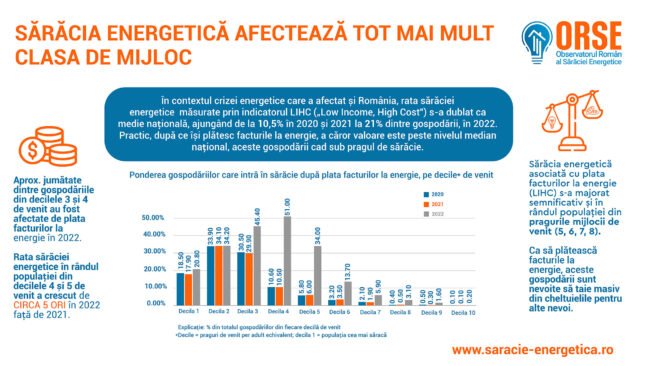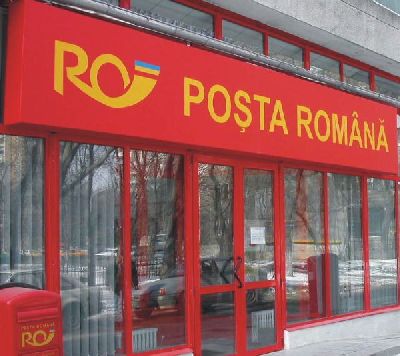- EBRD raises growth forecast for central and eastern Europe to 5.2 per cent for 2021,
- Growth expected to moderate to 4.7 per cent in 2022,
- Covid-19 developments subject forecasts to a high degree of uncertainty
The European Bank for Reconstruction and Development (EBRD) has raised its forecast for central and eastern Europe and the Baltic states (CEB) to 5.2 per cent for 2021 in its latest Regional Economic Prospects (REP) report, published today.
This corresponds to an upward revision of 0.6 percentage point from the Bank’s June forecast, largely down to better-than-expected output in the first half of 2021, though supply-chain disruptions weighed on growth in some economies. For 2022, the EBRD economists forecast growth in the region to moderate to 4.7 per cent.
EBRD Chief Economist Beata Javorcik said: “This is a bittersweet recovery. The first half of 2021 brought a robust rebound. But we are now seeing growing cause for concern. While high commodity prices are benefiting exporters, they are weighing heavily on the trade balances of importers. The supply of affordable energy as we enter the winter period is becoming a serious worry, especially as governments’ headroom is limited.”
The forecasts are subject to a high degree of uncertainty because of the risks associated with the future path of the Covid-19 pandemic, a possible worsening of external conditions and weaker growth in trading partners.
Central Europe and the Baltic states
The economies in the region grew 5.1 per cent on average in the first half of 2021 as the majority of Covid-19 restrictions were lifted. Most managed to recover to pre-pandemic levels, led by Estonia and Lithuania, which achieved this in the first quarter of 2021. At the same time, several countries saw substantial increases in their export market shares for both goods and services.
Still, high energy prices and shortages of components, chips and raw materials have started to affect countries in which manufacturing accounts for a significant share of gross domestic product (GDP), most notably, the Czech Republic, Slovenia, the Slovak Republic and Hungary.
Increased utility prices are likely to affect the most vulnerable households. Homes in the region already spend more than 15 per cent of their incomes on utilities, on average, above the levels of the more advanced European economies. In Germany, for instance, the corresponding figure is about 7 per cent.
While the spread of the Covid-19 virus and vaccination resitance remain a concern, funds from the European Union’s (EU) Recovery and Resilience Facility (RRF) are expected to boost the economic recovery and facilitate more sustainable investments.






COMMENTS